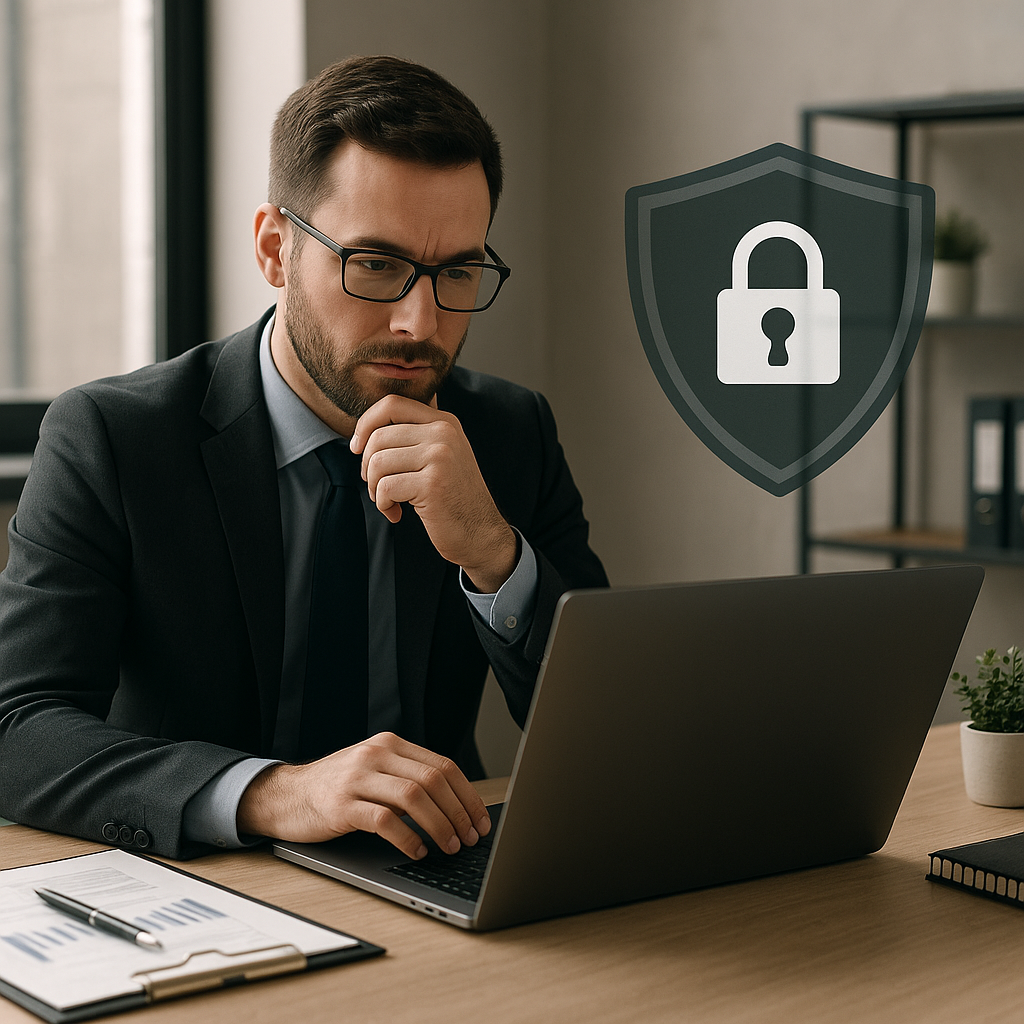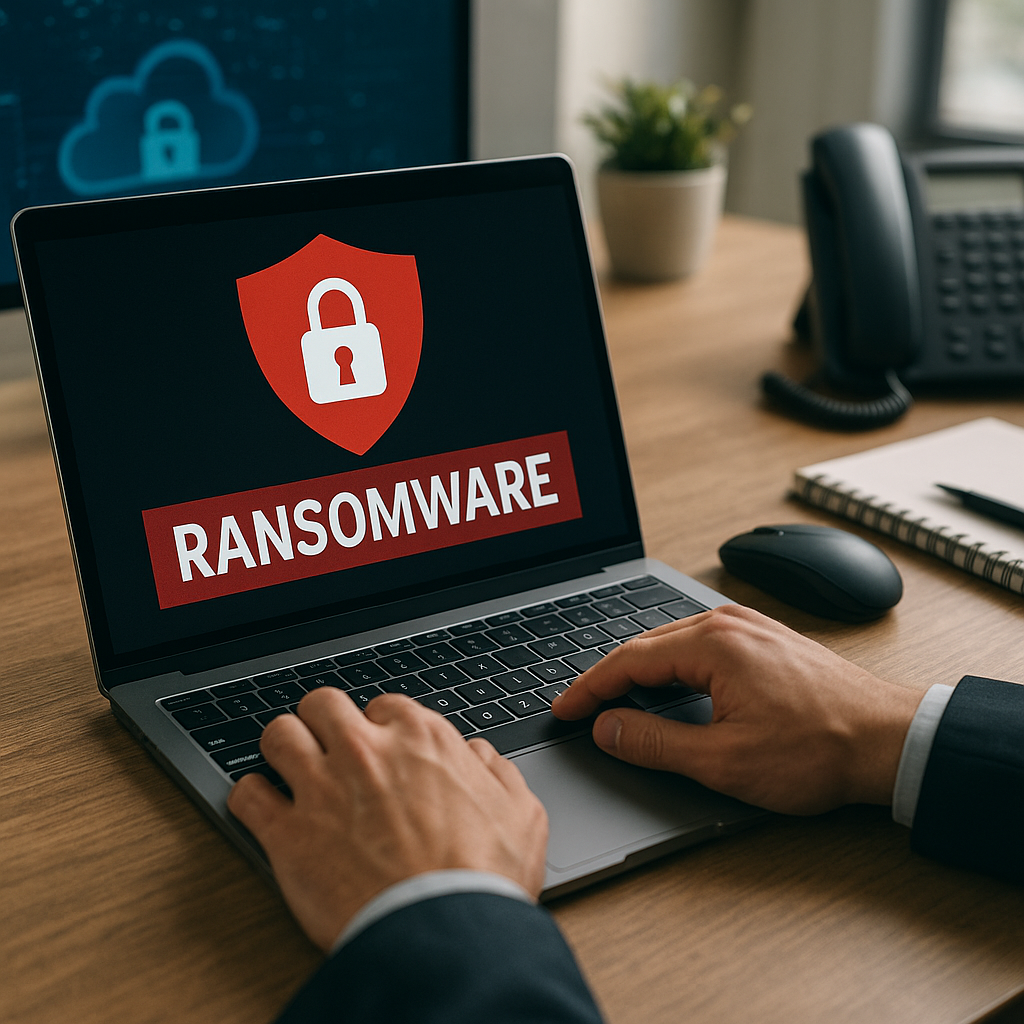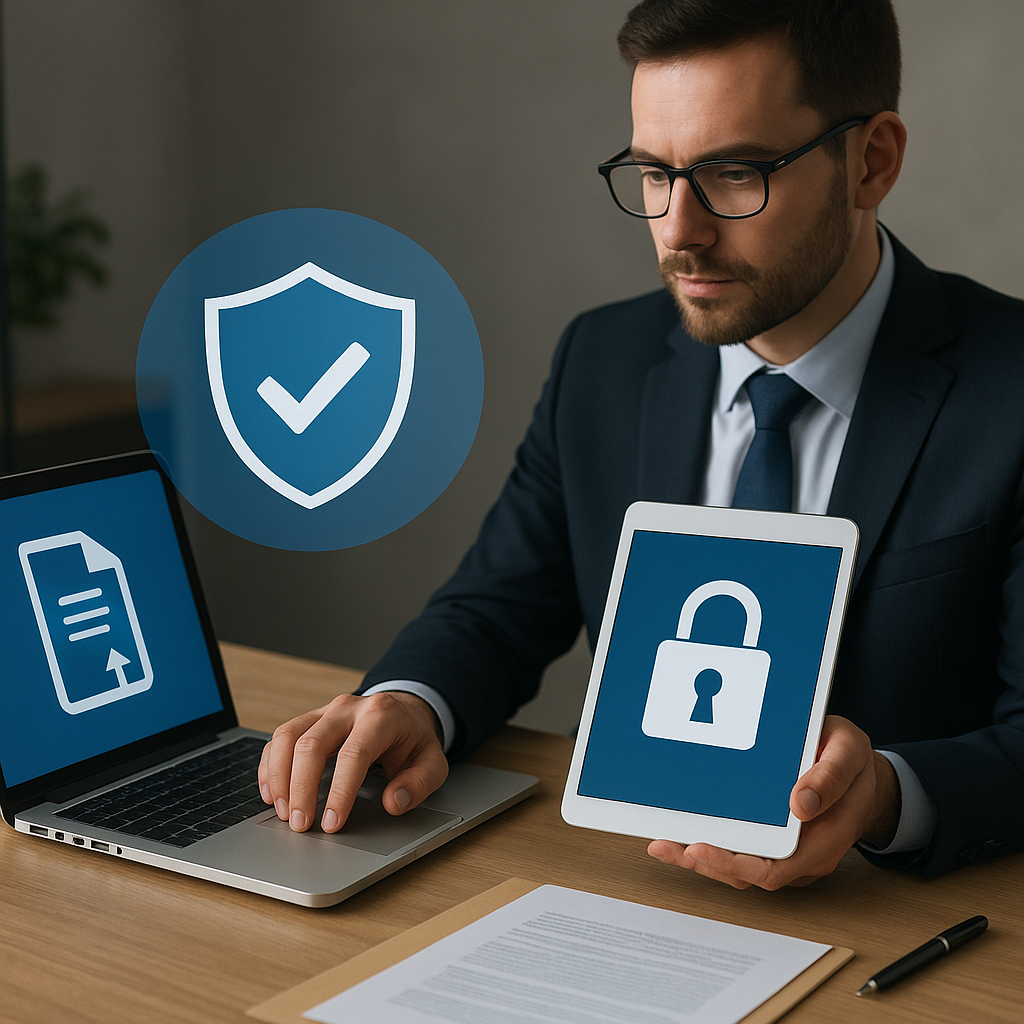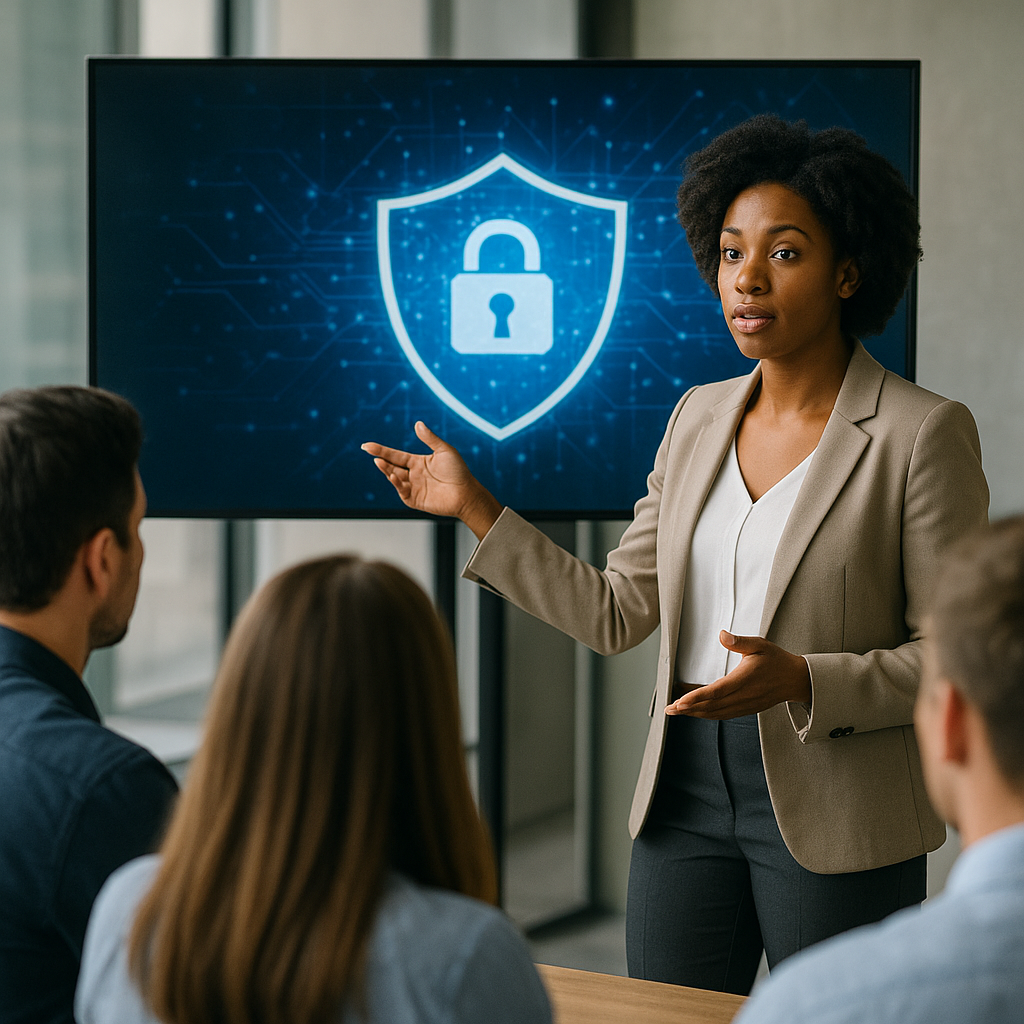Developing a personal safety plan is an essential step in ensuring your well-being and preparedness for unexpected situations. Whether you are at home, at work, or out in public, having a strategy in place can help you respond effectively to emergencies, threats, or any potential dangers. This article will explore the key components of a personal safety plan, providing practical tips and strategies to help you create a comprehensive approach to your safety.
Understanding the Importance of a Personal Safety Plan
A personal safety plan is not just a set of instructions; it is a proactive approach to managing risks and enhancing your security. The importance of having such a plan cannot be overstated, as it empowers individuals to take control of their safety and make informed decisions in critical situations. Here are several reasons why developing a personal safety plan is crucial:
- Preparedness: A well-thought-out safety plan prepares you for various scenarios, from natural disasters to personal threats. Being prepared can significantly reduce panic and confusion during emergencies.
- Awareness: Creating a safety plan encourages you to assess your environment and identify potential risks. This heightened awareness can help you avoid dangerous situations before they escalate.
- Confidence: Knowing that you have a plan in place can boost your confidence in handling emergencies. This self-assurance can be vital in high-stress situations.
- Communication: A personal safety plan often includes communication strategies with family and friends, ensuring that everyone is informed and can act quickly if needed.
Key Components of a Personal Safety Plan
To develop an effective personal safety plan, it is essential to consider various components that address different aspects of safety. Below are the key elements to include in your plan:
1. Risk Assessment
The first step in creating a personal safety plan is conducting a thorough risk assessment. This involves identifying potential hazards in your environment and evaluating the likelihood of encountering them. Consider the following:
- Home Safety: Assess your home for security vulnerabilities, such as weak locks, poor lighting, or lack of emergency exits.
- Workplace Safety: Evaluate your workplace for potential risks, including emergency procedures, evacuation routes, and safety equipment.
- Public Spaces: Consider the safety of areas you frequent, such as parks, shopping centers, or public transportation. Be aware of your surroundings and any potential threats.
2. Emergency Contacts
Having a list of emergency contacts is a vital part of your personal safety plan. This list should include:
- Family Members: Ensure that all family members know how to reach each other in case of an emergency.
- Friends: Identify trusted friends who can provide support or assistance during a crisis.
- Local Authorities: Keep contact information for local law enforcement, fire departments, and medical services readily available.
3. Communication Plan
Establishing a communication plan is crucial for coordinating with loved ones during emergencies. Consider the following strategies:
- Designate a Meeting Place: Choose a safe location where family members can gather if separated during an emergency.
- Use Technology: Utilize messaging apps or social media to keep in touch with family and friends during a crisis.
- Regular Check-Ins: Schedule regular check-ins with family members to discuss safety and any updates to your plan.
4. Safety Procedures
Develop specific safety procedures for various scenarios, such as:
- Fire Emergencies: Create an evacuation plan, including escape routes and meeting points.
- Natural Disasters: Prepare for events like earthquakes, floods, or hurricanes by having a disaster kit and knowing evacuation routes.
- Personal Safety Threats: Establish protocols for dealing with potential threats, such as harassment or assault, including self-defense strategies and how to contact authorities.
5. Training and Drills
Regular training and drills are essential to ensure that everyone in your household or workplace is familiar with the safety plan. Consider the following:
- Fire Drills: Conduct regular fire drills to practice evacuation procedures.
- First Aid Training: Enroll in first aid and CPR courses to be prepared for medical emergencies.
- Self-Defense Classes: Consider taking self-defense classes to enhance personal safety skills.
Implementing Your Personal Safety Plan
Once you have developed your personal safety plan, the next step is to implement it effectively. Here are some strategies to ensure that your plan is put into action:
1. Share Your Plan
Communicate your personal safety plan with family members, friends, and colleagues. Ensure that everyone understands their roles and responsibilities in case of an emergency. Sharing your plan fosters a sense of community and support, making it easier to respond effectively during crises.
2. Regularly Review and Update
Your personal safety plan should be a living document that evolves with your circumstances. Regularly review and update your plan to reflect changes in your environment, lifestyle, or family dynamics. Schedule periodic meetings to discuss any necessary adjustments and ensure that everyone is on the same page.
3. Stay Informed
Stay informed about local safety resources, emergency services, and community programs. Being aware of available support can enhance your safety plan and provide additional resources during emergencies. Subscribe to local alerts and notifications to stay updated on potential threats in your area.
4. Practice Situational Awareness
Developing situational awareness is a crucial aspect of personal safety. Stay alert to your surroundings and trust your instincts. If something feels off or unsafe, take action to remove yourself from the situation. Regularly practicing situational awareness can help you identify potential threats before they escalate.
5. Encourage Others
Encourage friends, family, and colleagues to develop their personal safety plans. Share your knowledge and experiences to help others understand the importance of being prepared. By fostering a culture of safety, you contribute to a more secure environment for everyone.
Conclusion
Developing a personal safety plan is a proactive step toward ensuring your well-being and preparedness for emergencies. By assessing risks, establishing communication strategies, and implementing safety procedures, you can create a comprehensive plan that empowers you to respond effectively to various situations. Remember that safety is an ongoing process that requires regular review and adaptation. By staying informed and practicing situational awareness, you can enhance your personal safety and contribute to a safer community.




